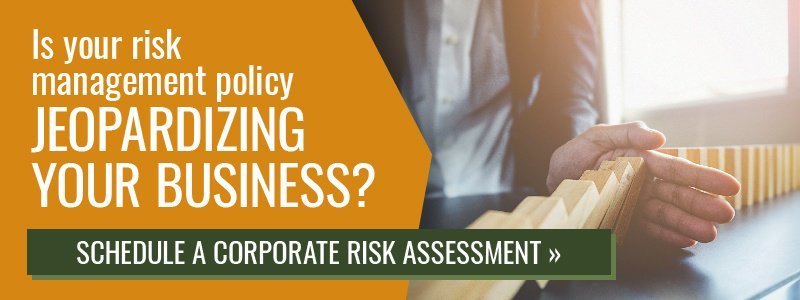 It's amazing how quickly a story of a workplace violence incident will go in and out of the news. From the perspective of an outside party reading the news or tuning in, active shooter events seem to be forgotten almost as quickly as they happen.
It's amazing how quickly a story of a workplace violence incident will go in and out of the news. From the perspective of an outside party reading the news or tuning in, active shooter events seem to be forgotten almost as quickly as they happen.
The thing is, there's a lot of aftermath a company deals with that the news doesn't cover. In order for a business, corporation or other organization to recover from a traumatic workplace violence incident, there must be an intentional plan or procedure for dealing with the aftermath.
Let's look at the steps companies should be taking in order to properly handle the aftermath of an active shooter event.
Before an active shooter event...
Establish a way to account for everyone.
In the immediate aftermath of a shooting, it's crucial that everyone is accounted for. The worst way to do this is to have a rally point. Rally points seem like a logical plan, but their major flaw is that they're an easy target for an active shooter.
There are other ways to account for your team. One option is through a mobile app. A company called LiveSafe has a mobile app designed specifically for emergencies like active shooter situations. Mobile users can submit anonymous tips to report suspicious activities as well as share their location during an emergency or check in once they have found safety.
Get active shooter insurance.
Active shooter insurance is one of the most helpful things a company can have when dealing with the aftermath of an active shooter incident. If you wait until the aftermath of a shooting to think about getting insurance, though, it's too late. You must be proactive about getting active shooter insurance for your company, and then in the aftermath, you'll quickly realize why companies get active shooter insurance.
In the aftermath of a shooting...
Offer counseling to survivors.
Someone who has not lived through an active shooter event can hardly imagine the horror of it. There are few things more traumatic in modern America. Why do we say this? Because as an employer, it's important for you to realize that your employees will not be able to simply "bounce back" from an active shooter event. Significant trauma counseling will be necessary in order for your team to resume work and life as usual.
If your company has active shooter insurance, counseling is likely covered under your policy.
Refurbish the building.
It's possible that a building would endure minimal damages from an active shooter event. However, regardless of the level of damages, some refurbishing is always necessary. The purpose of refurbishing is not simply to repair damages; it is to alter the look and feel of the building enough so that individuals returning to work are not as easily triggered by memories of the shooting.
Of course, a refurbishment will in no way erase a survivor's trauma, but it can minimize the shock and dread of returning to work after such an event.
Buildings that were ground zero for previous active shooter events are usually demolished within a few years. At the very least, a company must undergo significant refurbishment if it is to be profitable again.
Improve safety and security.
It may go without saying, but we'll say it anyway: After an active shooter event, additional safety precautions should be implemented. This will likely include things like installing advanced security equipment, but it should also include training employees in active shooter response and emergency medical response. After all, office security is not the same as training.
.png?width=499&height=133&name=Logo-menu%20(1).png)



